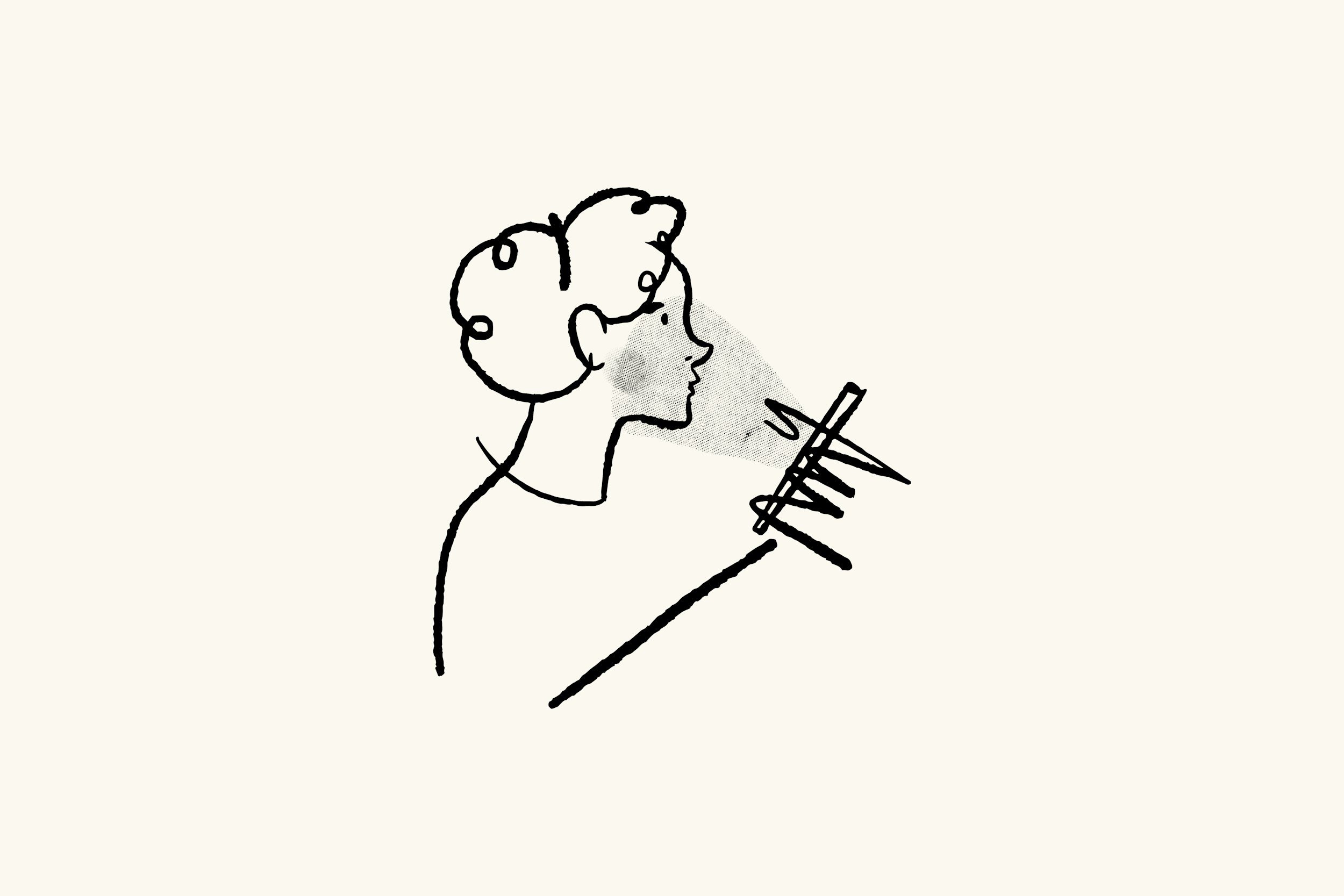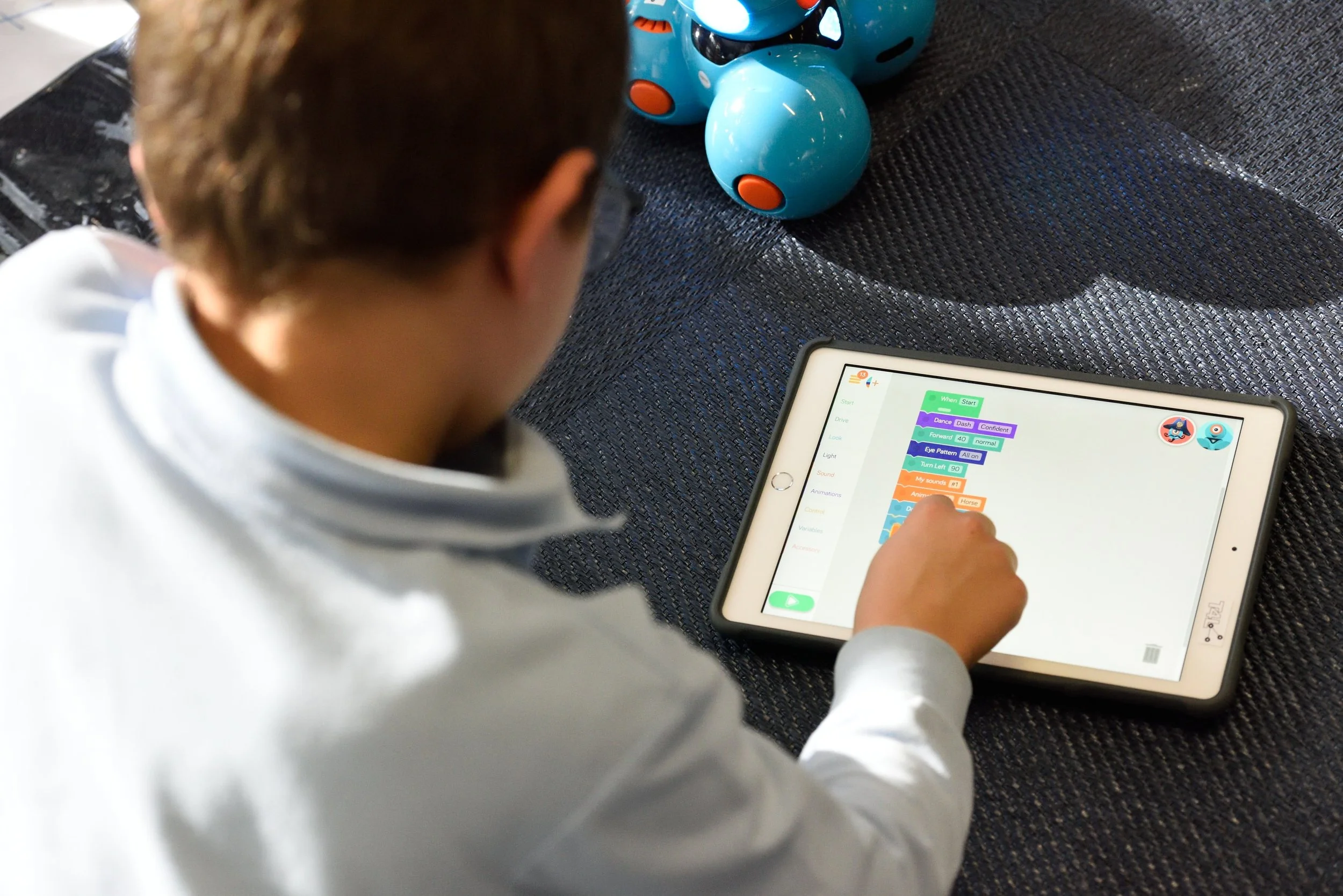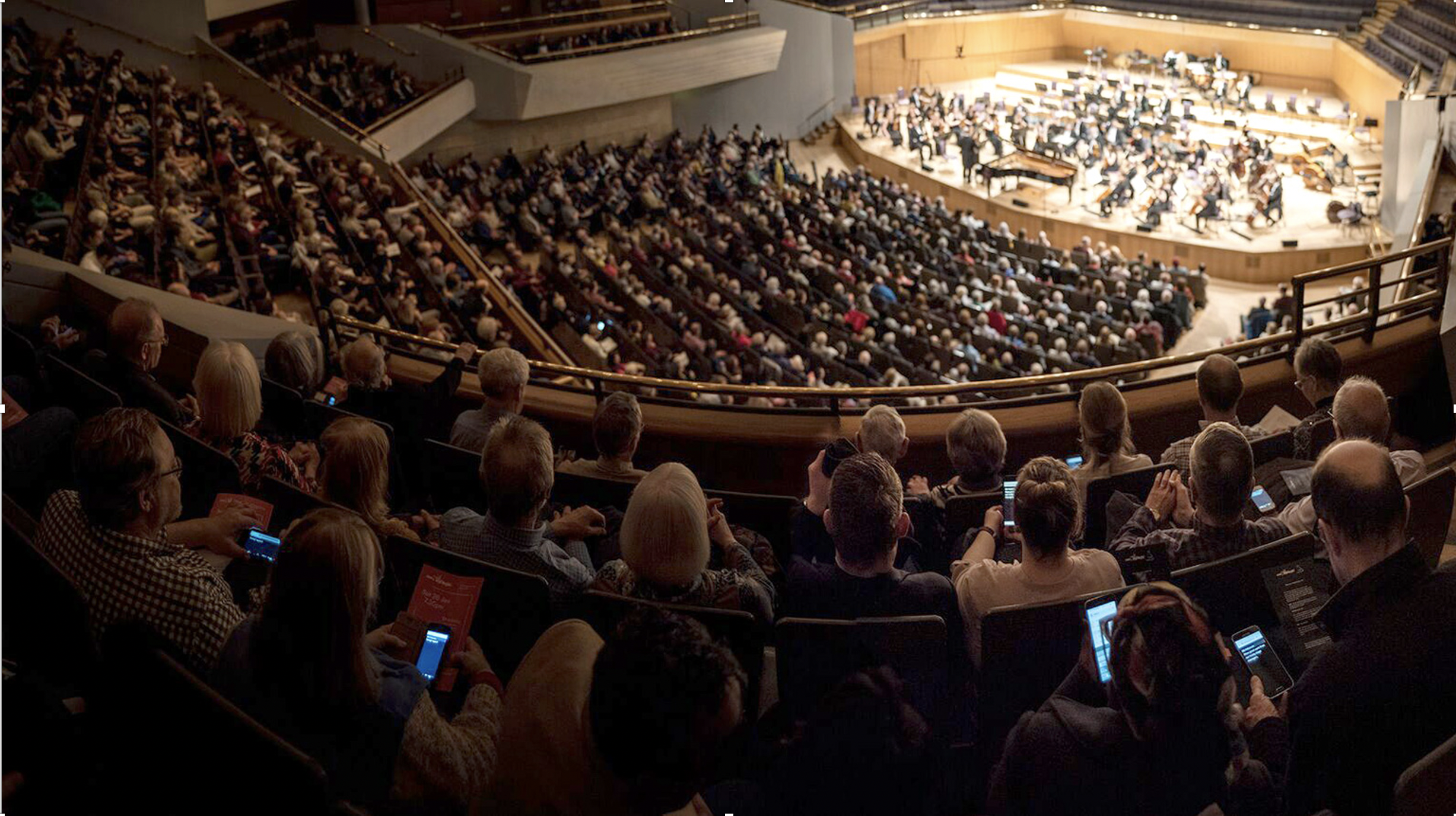Many museums have gravitated towards utilizing XR (VR, AR, or other extended reality modes) in numerous ways to enhance visitor experience. While there are successful ways to support visitor experience, it is possible that XR can have negative impacts. This article explores case studies of two museums who have integrated XR into their exhibitions: the Cleveland Museum of Art and Illinois Holocaust Museum, discusses the positive and negative facets of these technologies on visitor experience, and analyzes implications for the arts field.
To Stream or Not To Stream: Is that the right question anymore?
The current status of digital programming and investment varies widely across the arts and cultural sector. Some organizations have abandoned the streaming technology they experimented with, while others continue to incorporate digital programs and performances into their offerings. The following research reveals U.S. streaming trends and audience behaviors.
Audience Retention via UX Design in Museums
Linguistic Diversity in Opera via Technology: A Case Study of Opera Australia
Opera Australia attempts to make opera “for all” while maintaining the linguistic diversity of presenting opera in their original languages. To enhance the connection of audiences to the work, Opera Australia uses digitization and other technologies to create a holistic storytelling mechanism. This case demonstrates that (1) language and linguistic identity can advance and strengthen artistic storytelling and (2) audiences want to see linguistically diverse and accessible stories.
Public Art in Smart Cities: Community Connections
In the context of a smart city, the goal is not simply to install digital interfaces in traditional infrastructure or streamline city operations, but rather to use technology and data in a purposeful manner to facilitate informed decision-making and enhance the overall quality of life. Public art has the potential to connect people to their city and to each other; as well as connect them to the experience of the art itself.
Digital Stewardship is the Future for Contemporary Art Museums
2022 UX Design in Museums: How Are “Innovative” Exhibits Driving Attendance?
User Experience Designers in today’s world must discover new ways to evolve their work alongside the external challenges that they encounter. Since the Covid pandemic began, many museums have adapted their exhibits to be accessible online, allowing for continued traffic and artist exposure— from the living room couch rather than in person. How have levels of digital readiness compared to user experiences?
POAPs: Audience Engagement and Memorabilia in the Web3 Era
The average theater-goer walks into a performance with their ticket stub freshly procured from the box office. An usher hands them a playbill as they find their seat. Both items are unique to the time and place of the event, and available only to those physically in attendance at the performance. These forms of memorabilia offer audiences collectible, tangible tokens to commemorate an arts experience. However, today it is common practice to take a picture of the stage from one’s seat with playbill in hand to post on social media and store in the cloud, transforming a physical token of memorabilia into a digital one.
TBT: Education, Gamification, & Public Policy
TBT: Innovation, Technology, & Theatre
Integrating NFC Technology in Arts Institutions
Underneath the Disney magic at its resorts is Near-field communication (NFC) technology, which has been transforming live event experiences for years. Disney Parks is at the forefront of the change, having utilized the all-in-one-device MagicBand since 2013, which renders the park into dynamic computer, streaming real-time data about where guests are and what they are buying. This “invisible” wearable technology has created a seamless guest experience where people are happier by stripping their options away. How can this technology be leveraged and integrated into arts institutions and yield the same immersive, seamless experience? This article explores NFC technology and how arts organizations can utilize it to enhance their overall service and audience engagement.
How Video Games Can Serve as an Engagement Experience
The expansion of technology has enabled a wide array artistic growth in innumerable forms - often taking a life or genre of its own. One artistic form that has dominated the market since technology has become common in society is video games. The materials below serve as introductory infographics for arts organizations, detailing core considerations and a streamlined video game planning process. Additionally, it lists common employees needed to conduct video game production, common engines and coding languages used and their learning difficulty levels, so that arts organizations can jumpstart their gaming creations of their already-mastered craft.
Positive Implications of Deepfake Technology in the Arts and Culture
Deepfakes, one of the hottest topics to burst onto the technology scene in the last five years, have received a lot of negative publicity because of the risks they can present in the hands of bad actors. However, when used in good faith, they have many positive and exciting uses within the arts and culture sector. This report will briefly explain what deepfakes are and how they work, as well as some of their weaknesses and negative implications. Additionally, three case studies will examine the positive ways in which deepfakes can be used in artistic and cultural institutions.
Using Augmented Reality in Classical Music
How can the visual technology of augmented reality be used to enhance audience engagement with classical music and in the music industry as a whole? In the arts realm, AR has been used in both the classical music and popular music realms to cultivate audience engagement with visual components to the listening experience. This article provides an overview of AR as a technology and its usage in the music industry.
Touchless Technologies for Museum Engagement
Using Apps for Orchestra Audience Engagement
As people continue to spend more and more time on their phones, up to 5.4 hours a day for the average phone owner in the U.S., orchestras are increasingly turning to apps for news ways to engage their audiences. When used effectively, smartphone applications have the potential to invite new audiences into the hall while heightening the stickiness of the most loyal subscribers. This article addresses their primary benefits and best practices for implementation.
Implementing Gamification for Museum Engagement
The pandemic changed the art ecosystem, including the use of gamification in museums. With gamification, the museum experience expands beyond the memory of looking at art or artifacts to the feelings of enjoyment that a game or activity evokes. This articles looks at examples of gamification in museums from around the world, including both low-tech and completely online experiences.
Throwback Thursday: Reimagining the Museum Experience
Third Place Theory and Virtual Platforms: How Arts Organizations Might Build Community Online
Arts organizations play important roles in their communities beyond providing access to art itself. Arts organizations are also valued venues for human connection. In LaPlaca Cohen’s Culture Track 2017, 68% of respondents indicated “interacting with others” as a draw for cultural participation, and about half of respondents in LaPlaca Cohen’s 2020 study, Culture and Community in a Time of Crisis, revealed desires for cultural organizations to communities “stay connected” during this time. These data points demonstrate that audiences look to arts organizations to not only foster connections through art, but also nurture communities beyond the art. One way to do this is by creating virtual third places. While arts organizations are unlikely to build entire VR-based worlds for their patrons, arts administrators might consider how to adapt existing platforms to help reproduce some if not all of the socially-leveling, conversation-focused environments they’ve worked to cultivate in their physical spaces.
Adapting to the Pandemic: The Enterprise Center and Wolf Trap
To investigate how the Covid-19 pandemic is affecting the live music industry, we will look to case studies of venues that normally host concerts. In this first set of case studies, we will look at the Enterprise Center and the Wolf Trap Foundation for the Performing Arts. The Enterprise Center is a 22,000 capacity (for concerts) arena in St. Louis, Missouri. Located in Northern Virginia, Wolf Trap Foundation for the Performing Arts was the first National Park dedicated to the performing arts. Performances take place at the Filene Center, The Barns, and Children’s Theatre-in-the-Woods, and the foundation also operates the Wolf Trap Opera Company. Because it is currently not safe for either of these venues to operate at full capacity, these case studies will investigate technology-based alternatives.
























